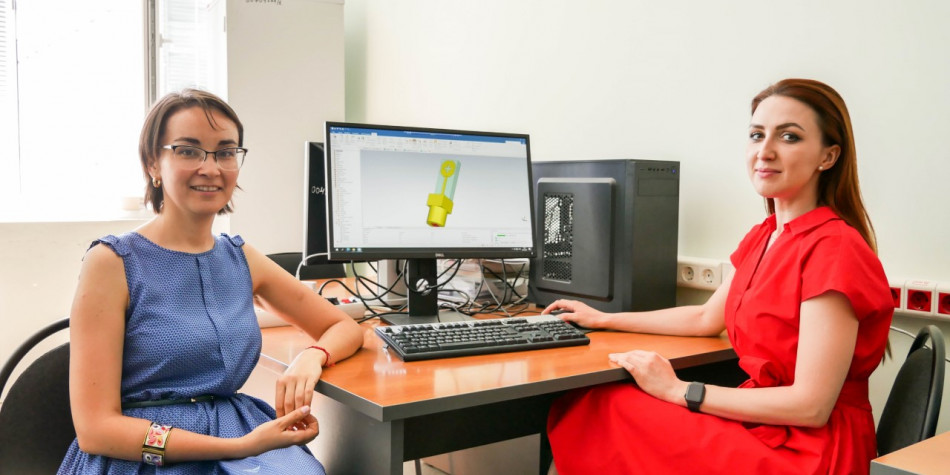
According to the rector of UGATU Sergey Novikov, the microstrip printed antenna can also be called a product of the future – it will become in demand with the wide deployment of 5G and 6G networks and can be used
in the 5-year perspective.
"With the introduction of microstrip printed antennas, it is possible to deploy a new generation of networks as cheaply as possible, and to join existing ones. Due to its miniature size, the antenna can be integrated into any device, including a sensor or sensor; integrated into a common platform – it will receive and transmit a signal. It can also be used as an element of antenna arrays, including dozens of miniature emitters that allow you to create directional radio beams to the subscriber to increase transmission speed and reduce delays. One of the possible options for using the antenna is to create high–speed wireless gateways instead of wired connections in data processing centers," said Elizaveta Grakhova, one of the authors of the development, senior researcher, associate professor of the Department of Telecommunications Systems at UGATU.
The currently widely used lower microwave band is crowded with various mobile services (Wi-Fi, GSM, LTE, etc.), and the data transfer rate is limited. At the same time, with the development of the Internet of Things, virtual reality, unmanned transport and tactile Internet, it is necessary to provide high-quality, fast and reliable communication. The development of UGATU scientists, which uses a new frequency range, is aimed at solving these problems.
As the developers suggest, the device will be in demand when creating base stations of communication systems of the 5G and 6G generations, deploying dedicated communication channels, in the production and operation of modern electronics and smart equipment.
Thus, new generation network operators and manufacturers of a wide variety of devices already have a working solution at the planning and documentation stage, which is distinguished by its compactness and accessibility. Such developments not only contribute to the development of the industry, but also allow students to participate in the creation of technologies of the future.
The advantages of the antenna are the compact size (several millimeters) and the operating frequency range in the sub-terahertz spectral region (75 - 110 GHz). The antenna manufacturing technology is compatible with existing platforms, this reduces the cost of the device compared to analogues and contributes to the rapid launch into mass production.


